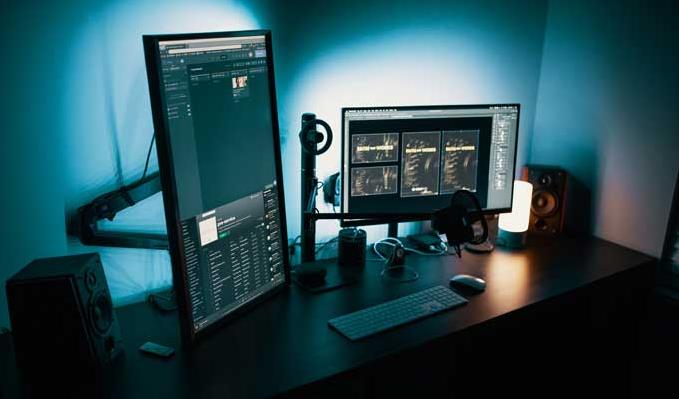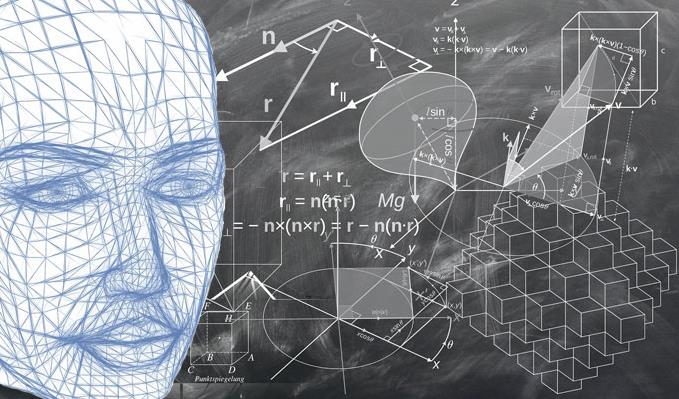
It's an exciting time for avid gamers at the moment, with the constant advancements in technology, the anticipation of what new technology will be released has never been more intense. One continual development, however, that has certainly set expectations high, is Virtual Reality gaming. No longer a niche within the video world, VR has very much made a name for itself, with the constant evolution of its features, power and ability to recreate augmented realities, gamers just can't get enough of this groundbreaking advancement.
It goes without saying that the possibilities VR can reach are ultimately endless, but are yet to be created. For those into gaming, it is questionable whether this mind blowing technology will rule gaming of the future, or if a new and improved advancement will be created, that turns the VR headsets into that of a simple Gameboy.
The debate will likely continue until a new release is made. But until then, VR is the future, and here’s why.
What is Virtual Reality?
Since the introduction of VR in 2014, we have seen the technology and concepts develop significantly within the gaming industry. Throughout this time brands have continued to battle to create the best products and services for consumers.
Virtual reality is a simulated experience that can be similar or completely different from that of the real world that surrounds the user. Applications of VR can include both gaming entertainment and educational purposes. Other distinct types of VR style technology included Augmented Reality (AR) and Mixed Reality (MR).
After a cooling-off period following the explosive start that VR had, we are now starting to see companies getting comfortable with the new ability to turn gaming into a fully augmented, fully submerged experience; rather than just a partnership between a controller and gaming pc. VR has reached unexpected heights and set goals further than many believe can happen. But, with the advancements in research and development happening regularly into these drastic devices, it is sure that VR will not be burning out any time soon.
While it may only seem as though gamers are the main target audience for the VR devises, other industry sectors are actually taking advantage of the newly formed technology intelligence, and are adapting it in a way that can benefit their daily workload. For example, the health care and automotive sectors are delving into the use of VR, allowing traditional process to be that of the past, and working alongside the technology to produce better-optimised workplaces and products of the future. So much so, that it has been suggested that the advancements will increase 118% on revenue, from $9 billion to $215 by only 2021, making VR technology one of the fastest growing industries in history.
The Future Of VR In Education
If together, we imagine the likely possibilities that the VR technology can reach, dithering around the gaming industry is going to be the most common, as many fail to realize the growth potential of a rather simple headset, and the number of industry sectors it can introduce itself into.
From both present time and the future, gaming developers are aiming at a different target audience. In fact, many of the biggest companies are aiming to hit high with the expansion of educational games that can be [aired with VR technology.
By doing this, gaming companies believe it will allow the children a far better, hands-on experience involved with learning, as situational learning can be far more beneficial, then simply sitting at a desk. The physical simulations VR can impose will allow the users to practice learnt skills and manipulate the common variables in an open-ended, lifelike scenario.
While VR can aid in the practice and development of real-life skills, it can also alter the common risks posed within some school lessons. For example, the common science lesson often carries an element of risk with them. In these learning situations, students and teachers have to interact with real and potentially dangerous chemicals. However now, VR learning can create a safe virtual environment to experiment and learn these skills. By simply interacting with digital objects students can conduct these experiments without fear, and teachers can aid the students learning with greater ease.
Intensifying The Reality
Within the present time, virtual reality gaming can only correspond with the users visual and auditory senses, when they are placed in the various situations at hand displayed through the headset. But, with the future of VR looming it has been suggested that VR will work to break the barrier between the virtual realm and physical world, by welcoming the not only a way to view VR, but to feel it too.
By incorporating the biological element into the VR gaming experience, the reality factor of VR will certainly strengthen, with users not only being placed into augmented reality, but they will have the ability to use their real-life senses to their characters advantage, turning the feeling of augmentation into the feeling of real life.
While these features won’t be here for some time, they are certainly on the cars; with developers already researching ways in which they can turn Virtual reality, simply, into reality.
VR In The Healthcare Sector
Now, VR is clearly not only being developed and transformed just within the gaming industry. It very much a priority within gaming, but that is not the only area in which it resides.
VR has managed to move away from gaming almost, in order to be used within the healthcare industry. It is aiding those who take this as a career in medical training, patient treatments, medical marketing and increasing disease awareness.
Clearly, VR has a multitude of features that are quickly creating new processes and applications for those in healthcare.
By using VR in situations such as medical training and disease awareness, the users can experience real-life situations, and therefore implement the skills they develop from this practice into the beginning of their physical career. The tools VR can offer to those who are learning will not only benefit their techniques, but also speed up the process of training, to allow them to get into real-life medical much faster. Because of this, more patients can be treated and released much faster, potentially increasing the health sectors success rates, and decreasing the amounts of those who are getting sick.
Quite simply, by using VR in the healthcare sector, the accuracy of current processes, treatments and capabilities of the human doctor can be enhanced, with almost endless possibilities to how, in doing this, can benefit the industry altogether.
Summary
While we may have all believed VR is only going to be within the future of gaming, it is clear its technological intelligence is going to extend out much further, reaching both the educational and healthcare sectors to aid them for the better.
Starting out in the gaming world, many may have not believed that the use of augmented reality would be able to not only entertain but help teach too.
It is sure however, VR will continue to grow within the gaming industry, especially for the coming future by increasing the game enhancements, and allowing users to dive further into the realities they are experiencing, making them all the more real, turning what was virtual, into real reality gaming.
Author Bio:
Sydney Tierney; just recently finished her studies; is working her way into the world of content writing as a digital marketing assistant. She writes for clients that specialize in Gaming PCs , Strategic Sourcing as well as lifestyle .












Leave a Comment
comments powered by Disqus